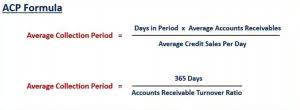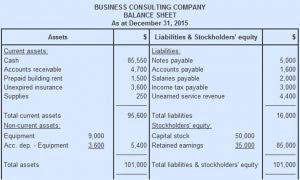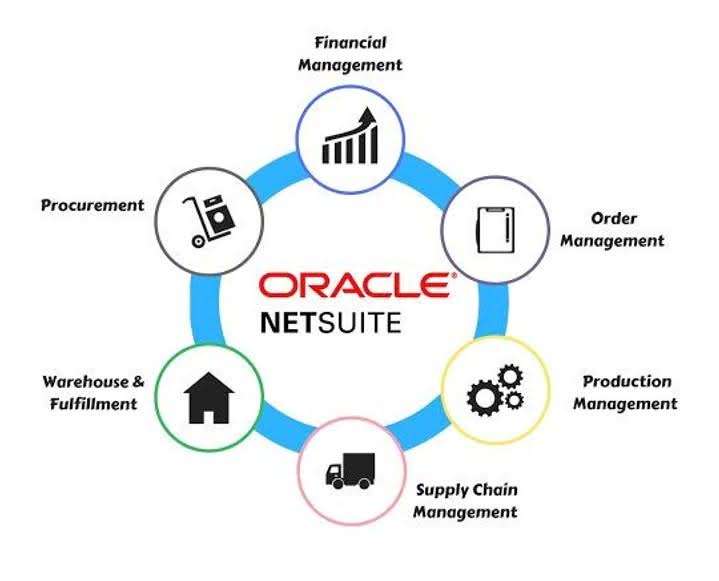
Monitor the status of all your checks effortlessly with our Stale Check Manager. By consolidating all the information in one place, you can quickly identify outstanding checks that require attention and what does outstanding check mean take prompt action, mitigating compliance risks. Identification involves regular reconciliation of bank statements and accounts payable ledgers to pinpoint any outstanding payments. Skip the paper chase and embrace the digital age with electronic payments – because nothing says ‘I’m modern’ like avoiding outstanding checks.
- This includes tracking each transaction that has been made, ensuring that all checks have been deposited or cashed, and balancing your account on a regular basis.
- To determine the number of outstanding shares for a company, you can look at the company’s financial statements or check with the company’s investor relations department.
- Besides avoiding potential bounced or overdraft fees, reconciling monthly will ensure proper cash flow management.
- It represents the total sum that has not been paid off and remains outstanding.
- To avoid outstanding checks, it is important to properly manage your account and reconcile it regularly.
Five Facts About Outstanding Check: Definition, Risks, and Ways To Avoid:
One part of check writing that can take some practice is the handling of an outstanding check. Outstanding checks aren’t necessarily inherently bad; however, there are some risks and downsides to have checks linger. To create a budget, start by calculating your monthly income after taxes. Then, make a list of all your https://niat88.net/are-retained-earnings-a-liability-account/ fixed expenses, such as rent or mortgage payments, utilities, and transportation costs. Next, estimate your variable expenses, such as groceries, entertainment, and clothing.

The Risk of Stale Checks and the Need for Stop Payments

When you write a check, you authorize your bank to transfer funds from your account to another party’s account upon presentation of the check by that party to their bank. The process of cashing or depositing the check is called “clearing the check.” If the payee decides not to deposit or cash the check right away, it remains outstanding. This means that although the payor’s account balance is reduced due to writing the check, no funds have been transferred out of their account yet. Learn how to manage your bank balance, avoid financial surprises, and handle outstanding payments effectively.
Weighted Average of Outstanding Shares
If you have an outstanding check, you should first follow up with the payee to ensure that they received it and have not lost or misplaced it. Another reason for outstanding checks can be attributed to bank errors. Banks are not immune to mistakes, and sometimes errors occur during the processing of checks. This can lead to an inaccurate recording of funds, causing checks to be labeled as outstanding even though there are sufficient funds in the account.
- If you issue a check and the recipient forgets or delays in depositing, it becomes outstanding.
- Essentially, it means the bank has received your check but hasn’t processed the transaction yet.
- As a safety precaution, your funds will return to your account if the payee does not deposit the check with a certain period of time, usually within six months.
- Depositing the cheques immediately leads to a decrease in the delays as well as possible concerns like stale-dating (the checks that are at least more than 180 days) or loss.
- If a check becomes stale, the recipient may be unable to cash or deposit it, requiring the issuer to revalidate or reissue the payment.
- The number of shares outstanding increases whenever a company undertakes a stock split.
Outstanding Deposits
- So, you’ve made all necessary attempts to reach the payee, completed due diligence, and filed reports.
- The most common risk is being charged penalties due to outstanding amounts past their due date.
- Every dollar counts when it comes to paying off outstanding balances, so be diligent in finding ways to free up additional funds for debt repayment.
- Failure to make minimum payments on a credit card is a common cause of an outstanding balance.
- Investors can find the total number of outstanding shares a company has on its balance sheet.
- If you cannot find the issuer, consult your state’s abandoned property program to claim assets.
- Most credit cards and loans come with an annual percentage rate (APR) that is applied to any unpaid balances.
In some cases, a check could be misplaced or accidentally destroyed by the payee, preventing it from ever being presented for payment. These scenarios highlight the time lag inherent in check-based transactions, where the issuer has committed funds but the actual transfer is pending the recipient’s action and bank processing. Often, the recipient has not yet deposited or cashed the check, perhaps due to oversight or a preference to hold onto it.
How do I report uncleared checks in Quickbooks?

These bank fee charges can quickly add up and impact your financial health. An outstanding check is a check that has been issued by the payer but has yet to be cashed or deposited by the payee. These checks help to reflect financial transactions in accounting records accurately.

Tracking and Handling Outstanding Checks
An outstanding check represents a check that hasn’t been cashed or deposited by the recipient or payee. One state is that the payee has the check but hasn’t deposited or cashed it. They must make sure that enough money remains in their checking account to cover the check until it is paid. The payee may cash the check immediately or might hold onto it for months. Checks that remain uncashed for long periods of time are called stale checks.
In the United States, for instance, a check becomes stale after six months unless it carries an explicit “do not expire” clause. It is imperative for an issuer to provide payees with timely communication Bookkeeping for Startups regarding the issuance of a check as well as any pertinent details as soon as possible. This makes it easier to set expectations and gives them the opportunity to plan properly. Be mindful of post office conditions and potential delays for seasonality, weather, or staffing issues. During the negotiation process, you can explore several options with your creditor. One possibility is requesting a lower interest rate, which can help reduce the overall amount you owe.
